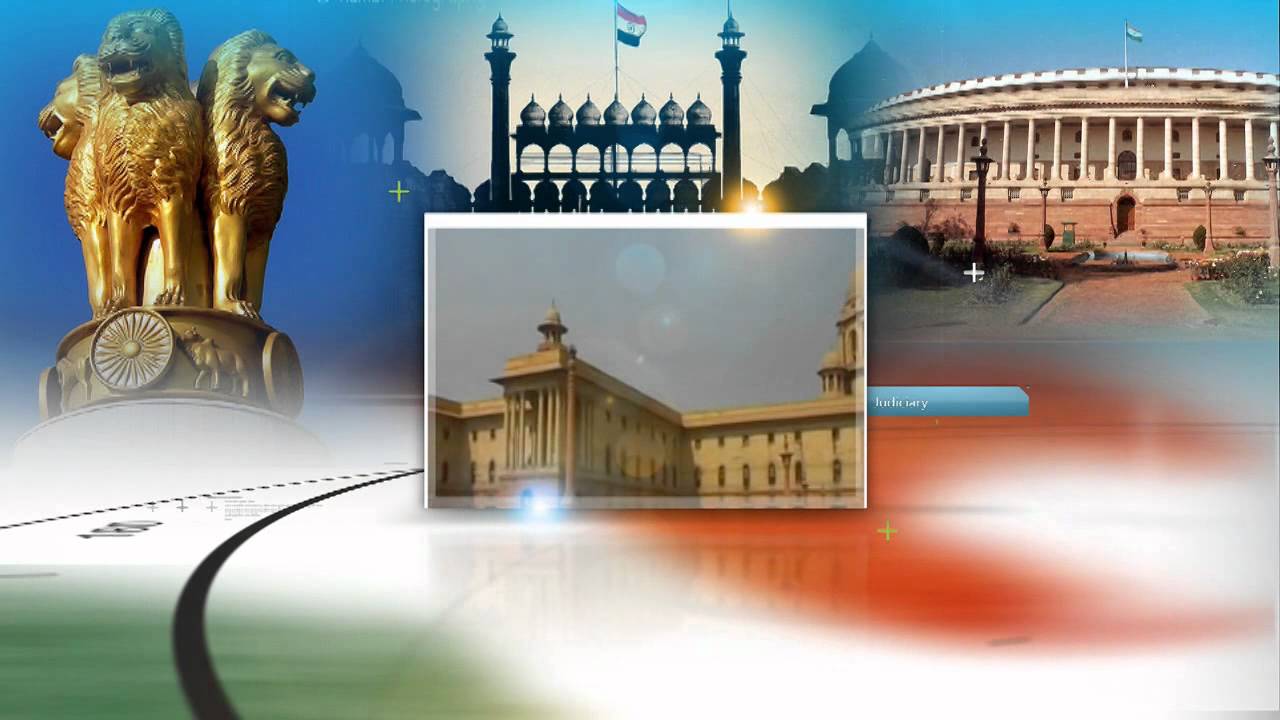Font size:
Print
Liquidity Shortage Limits RBI’s Rate Cut Impact
Context:
Recently, the yield on the 10-year bond fell to its lowest level in three years. However, in contrast, corporate bond yields and certificate of deposit rates have been rising.
More on News
- The interest rate differential—or spread—between the repo rate and corporate bond yields has widened to 125 basis points (bps), while the spread between central government securities and corporate/state government bonds has increased from 30–35 bps to 45–55 bps. (One basis point equals one-hundredth of a percentage point.)
- Since bond prices and yields move in opposite directions, this divergence raises an important question: why is this happening despite a 25 bps rate cut by the Reserve Bank of India (RBI)?
- The answer lies in a liquidity shortage in the Indian financial system.
RBI’s Measures to Address Liquidity Shortage
- Various Tools: It will conduct a three-year, $10 billion dollar-rupee buy-sell swap auction.
- Through this process, the RBI purchases dollars from banks in exchange for rupees, with a commitment to sell them back after three years.
- At the prevailing exchange rate, this move will inject approximately ₹86,000 crore into the financial system.
-
- This follows similar liquidity-boosting measures, including a swap on February 28 and a six-month, $5 billion dollar-rupee buy-sell swap on January 19.
- VRR Auctions: Apart from swaps, the RBI has been conducting daily variable rate repo (VRR) auctions of different tenures, which allow banks to borrow funds at a market-determined rate.
- OMOs: Additionally, the central bank has been using Open Market Operations (OMOs) to purchase government bonds from banks, thereby increasing liquidity.
- In March, ₹1 trillion worth of OMOs were conducted in two equal tranches on the 12th and 18th.
Sources of Liquidity
- CRR: One of the key tools for managing liquidity is the Cash Reserve Ratio (CRR), which dictates the proportion of banks’ net demand and time liabilities that must be held with the RBI without earning interest.
- In December, the RBI cut the CRR by 50 bps to 4%, releasing ₹1.12 trillion into the system.
- However, with a statutory floor of 3%, the RBI has limited scope for further reductions.
- OMOs: OMO remains another crucial instrument.
- By buying bonds from banks, the RBI injects liquidity; conversely, selling bonds absorbs excess liquidity.
- Since banks typically hold more bonds than required to meet the statutory liquidity ratio (SLR), OMOs are frequently used.
- Currency and Cash: Other liquidity-influencing factors include currency in circulation and surplus cash with the government.
- Liquidity tightens when public demand for cash rises, particularly during festivals.
- Additionally, the movement of money between the banking system and the government depends on whether the government is spending or holding funds.
Foreign Investments and Liquidity
- In February, Foreign Institutional Investors (FIIs) withdrew ₹34,574 crore from Indian markets, bringing total outflows to ₹1.12 trillion in the first two months of 2025 and ₹2.12 trillion since October 2024.
- FIIs and Foreign Portfolio Investors (FPIs) bring dollars into India, which are then converted into rupees. When these investors exit, they reconvert their rupees into dollars, thereby reducing liquidity.
- Foreign investors have been exiting Indian markets due to factors such as overvalued equities, weak corporate earnings, and, until recently, more attractive returns in U.S. markets.
- A major deterrent has also been the sharp depreciation of the rupee, which fell by over 4% between October 2024 and February 2025, from 83.81 to 87.50 per dollar.
- When U.S. bonds offer a risk-free 4.5% return, investors are reluctant to take on the currency risk associated with Indian investments.
- However, the rupee has recently strengthened to 85.98 per dollar, which could help restore investor confidence.
- Once currency volatility stabilises, foreign investments are likely to return, alleviating liquidity concerns.
Way Forward
- The key question remains: how much liquidity does the system need? It must be at least “adequate” to complement RBI’s rate cuts and effectively stimulate growth.
- To achieve this, the RBI may need to expand its balance sheet, either through OMOs or long-term dollar-rupee buy-sell swaps.
- While OMOs increase the RBI’s rupee balance sheet, dollar swaps expand its foreign currency reserves.
- Swaps also act as a means of deferring liquidity withdrawal, as the RBI can roll them over instead of selling dollars back into the system.
- With the dollar index declining from 110 to 104 and the rupee stabilising, a combination of long-term dollar-rupee swaps and OMOs appears to be the best strategy for liquidity infusion.


